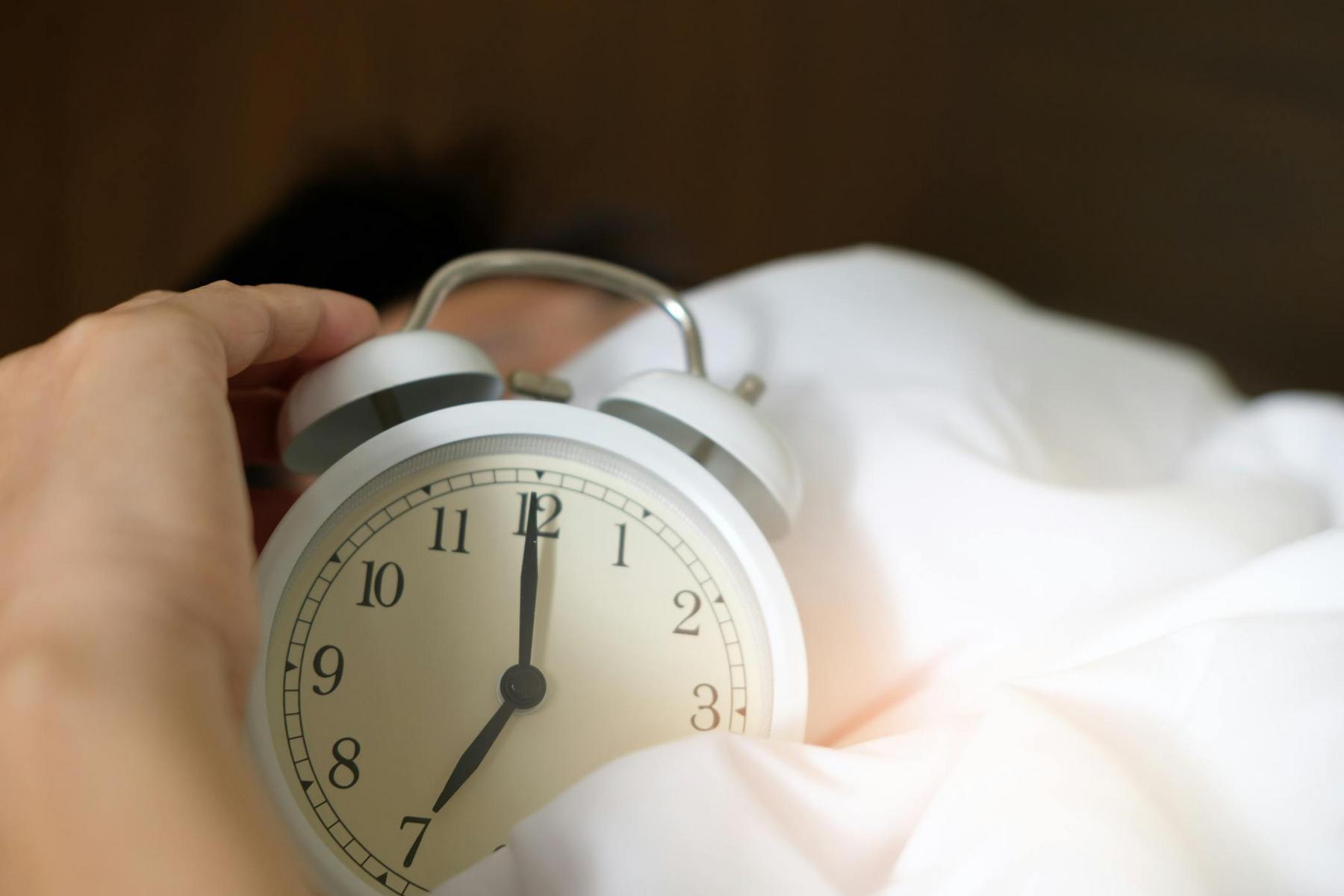In a world characterised by constant distraction and fragmented attention, the ability to achieve deep, sustained focus has become increasingly elusive. Yet within the field of positive psychology lies a well-documented phenomenon that not only enhances performance but fundamentally transforms human experience: the flow state. Since Hungarian-American psychologist Mihály Csíkszentmihályi first systematically investigated this “optimal experience” in 1975, flow research has evolved into a robust body of scientific literature spanning neurochemistry, performance psychology, and human flourishing. With over 2,600 peer-reviewed publications examining this state of complete absorption, understanding flow states has become essential for anyone seeking to optimise cognitive performance, enhance well-being, or simply rediscover the profound satisfaction of being fully present in meaningful activity.
What Exactly Are Flow States and Why Did Csíkszentmihalyi’s Work Revolutionise Our Understanding?
Flow states represent a specific psychological condition wherein individuals experience complete absorption in an activity, characterised by energised focus, full involvement, and a transformation in their perception of time. Colloquially described as being “in the zone” or “locked in,” flow constitutes far more than mere concentration—it represents a merging of action and awareness where the activity becomes intrinsically rewarding.
Csíkszentmihalyi’s contribution to psychology proved revolutionary precisely because his approach was systematically empirical rather than anecdotal. Unlike Abraham Maslow’s earlier concept of “peak experience,” which emphasised transcendent, mystical qualities, Csíkszentmihalyi developed a rigorous framework for understanding, measuring, and potentially cultivating these optimal experiences. His foundational work, Beyond Boredom and Anxiety (1975), established flow as a learnable state accessible to anyone under appropriate conditions—not merely a rare phenomenon reserved for elite performers or spiritual adepts.
The significance of this research extends well beyond academic psychology. Csíkszentmihályi co-founded the positive psychology movement alongside Martin Seligman, fundamentally shifting psychological science from its traditional focus on pathology towards understanding human flourishing. His 2004 TED Talk, “Flow, the secret to happiness,” has garnered over 6.6 million views, reflecting widespread public recognition that flow states represent something essential to human well-being and optimal functioning.
How Do the Nine Dimensions of Flow Create This Optimal Experience?
Csíkszentmihályi identified nine distinct dimensions that characterise flow states, organised into three antecedent conditions (requirements for flow to occur) and six experiential characteristics that define the subjective experience itself.
The Three Antecedent Conditions
Clear goals and progress form the first prerequisite. Flow requires that expectations and rules remain discernible, goals prove attainable, and they align appropriately with one’s existing skill set. This structural clarity provides direction and allows individuals to orient their attention effectively.
Immediate and unambiguous feedback constitutes the second condition. During flow, successes and failures within the activity become readily apparent, enabling real-time performance adjustments that maintain the flow state. This feedback loop operates continuously, allowing practitioners to calibrate their actions moment by moment.
challenge-skill balance represents perhaps the most critical antecedent condition. Flow emerges specifically when task demands and personal abilities achieve optimal equilibrium—both must be high and matched. Activities that prove too easy generate boredom or relaxation; those excessively difficult produce anxiety or frustration. The precise intersection where challenge slightly exceeds current skill level creates the conditions for flow.
The Six Experiential Characteristics
Once these antecedent conditions align, individuals report six distinctive subjective experiences. Intense and focused concentration manifests as complete absorption in the present moment, with attention narrowing to a limited field. Merging of action and awareness produces a sensation of effortless performance where the person and activity become unified. Loss of reflective self-consciousness eliminates self-referential thinking and concerns about social evaluation—the critical inner voice falls silent.
A sense of personal control pervades the experience, generating feelings of agency and mastery despite the challenging nature of the task. Distortion of temporal experience alters time perception dramatically; hours compress into what feels like minutes as immersion intensifies. Finally, the autotelic quality of flow means the activity becomes intrinsically rewarding—pursued for its own sake rather than external outcomes or recognition.
This comprehensive framework established flow as a quantifiable psychological construct rather than merely a subjective report of enjoyment, enabling subsequent researchers to investigate its mechanisms systematically.
What Does Neuroscience Reveal About the Brain in Flow States?
The neuroscientific investigation of flow states has yielded remarkable insights into the biological mechanisms underlying optimal experience. Contemporary research demonstrates that flow involves distinctive patterns of both neurochemical release and neural activity.
Neurochemical Signatures
Flow states uniquely trigger the simultaneous release of five key neurochemicals, a combination that occurs under no other psychological condition. Dopamine enhances focus, motivation, and pattern recognition while increasing information processing speed. Norepinephrine heightens arousal and attention, maintaining vigilant focus on the task. Endorphins, the brain’s natural pain-relieving chemicals, block pain perception and produce euphoria. Anandamide—derived from the Sanskrit word for “bliss”—elevates mood, promotes lateral thinking, and inhibits fear responses. Finally, serotonin appears toward the conclusion of flow, providing tranquillity and contentment.
This neurochemical cascade explains many subjective flow characteristics: the effortless focus, the absence of physical discomfort awareness, the creative insights, and the post-flow sense of satisfaction.
Neural Activity Patterns
Three competing neurobiological theories attempt to explain flow’s neural mechanisms. The Transient Hypofrontality Hypothesis, proposed by Arne Dietrich in 2004, suggests that prefrontal cortex activity temporarily decreases during flow. This deactivation of brain regions responsible for self-referential thinking and conscious deliberation explains the loss of self-consciousness and sense of effortlessness. Functional MRI studies have confirmed decreased activity in the medial prefrontal cortex during flow states.
Alternatively, the Synchronisation Theory of Flow proposes enhanced neuronal communication and integration between brain regions, describing increased coherence across neural networks. This theory emphasises holistic, higher-order processing rather than regional deactivation.
Most recently, the Locus Coeruleus-Norepinephrine (LC-NE) System model suggests that flow corresponds to an “exploitation mode” characterised by intermediate norepinephrine levels and optimal task engagement. This framework explains why flow requires calibrated arousal—neither excessive stimulation (exploration mode) nor insufficient activation (disengagement mode).
Brain imaging consistently reveals increased activity in dopaminergic reward systems, decreased Default Mode Network activity (associated with mind-wandering), and increased Central Executive Network engagement during flow states.
What Are the Quantifiable Performance Benefits of Flow States?
The practical implications of flow states extend far beyond subjective enjoyment. Longitudinal research has documented extraordinary performance enhancements across multiple domains.
A decade-long study by Cranston and Keller demonstrated that individuals in flow states achieved 500% increases in productivity—not marginal improvements but order-of-magnitude enhancements. Defence Advanced Research Projects Agency (DARPA) research with military marksmen revealed that soldiers in flow learned shooting skills 230% faster than conventional training methods. Additional studies indicate that the period required to progress from novice to expert competence can be reduced by 50% when training incorporates flow state principles.
Creativity measurements show perhaps the most dramatic effects: Flow Genome Project studies documented 500-700% increases in creative performance during flow states. An Australian neuroscience study found that artificially inducing flow characteristics through transcranial magnetic stimulation enabled 23 of 42 participants to solve previously intractable problems in record time.
Comparative Analysis of Psychological States
| Psychological State | Challenge Level | Skill Level | Characteristics | Performance Outcome |
|---|---|---|---|---|
| Flow | High | High (Matched) | Complete absorption, peak performance, intrinsic motivation, altered time perception | Optimal productivity, accelerated learning, enhanced creativity |
| Anxiety | High | Low | Worry, frustration, fear of failure, stress response | Impaired performance, avoidance behaviour, potential burnout |
| Boredom | Low | High | Disengagement, understimulation, attention drift | Reduced productivity, apathy if prolonged, demotivation |
| Apathy | Low | Low | Complete disengagement, minimal experience quality, lack of motivation | Minimal output, avoidance, psychological withdrawal |
| Relaxation | Low-Moderate | Moderate-High | Comfortable, unstimulated, passive enjoyment | Recovery state, not optimal for achievement |
This framework reveals why deliberately engineering challenge-skill balance proves essential for sustained high performance. Organisations and individuals who optimise this equilibrium report substantially superior outcomes compared to those operating in anxiety or boredom zones.
How Can Individuals Intentionally Cultivate Flow States?
Whilst flow often appears spontaneous, substantial evidence demonstrates that specific conditions facilitate its emergence. Understanding these enabling factors allows intentional cultivation of flow experiences.
Task design proves fundamental. Activities must incorporate clear, achievable goals that provide immediate, unambiguous feedback. The challenge level must exceed current comfort zones whilst remaining within reach—typically described as operating at approximately 4% above current skill level. Tasks perceived as meaningful and intrinsically valuable prove more conducive to flow than externally imposed obligations.
Environmental optimisation significantly influences flow probability. Minimising distractions through dedicated time blocks, appropriate physical spaces, and reduced external pressures creates conditions where deep focus becomes possible. Research confirms that flow states occur three times more frequently during work than leisure, primarily because professional activities more readily satisfy the structural requirements of clear goals and immediate feedback.
Psychological preparation enhances flow accessibility. Pre-activity rituals—whether meditation, specific music, or warm-up routines—signal the brain to prepare for focused engagement. Individuals with “autotelic personalities” characterised by curiosity, persistence, and low self-consciousness experience flow more readily, though these traits can be developed through deliberate practice.
Strategic practice design proves particularly effective. Breaking overwhelming tasks into appropriately scaled components maintains challenge-skill balance as competence develops. Identifying personal peak performance times and dedicating these windows to flow-conducive activities maximises success probability. Single-tasking rather than multitasking preserves the attentional resources flow requires.
Research on individual differences reveals that task importance moderates flow requirements—activities perceived as highly significant to personal goals require less perfect challenge-skill balance to induce flow. Achievement motivation similarly influences flow proneness, with individuals motivated by hope for success (rather than fear of failure) experiencing flow more frequently.
What Role Do Flow States Play in Mental Health and Well-Being?
Beyond performance enhancement, flow states demonstrate substantial implications for psychological well-being and mental health resilience. Research conducted during the COVID-19 pandemic revealed that individuals reporting stronger flow experiences exhibited significantly better mental health outcomes during quarantine, suggesting flow provides protective psychological benefits during adversity.
Flow states appear to guard against depression through multiple mechanisms. The complete absorption characteristic of flow interrupts rumination—the repetitive negative thinking patterns strongly associated with depressive symptomatology. The sense of mastery and accomplishment that follows flow experiences enhances self-efficacy beliefs, which buffer against helplessness and hopelessness.
Burnout prevention represents another documented benefit. Paradoxically, whilst excessive pursuit of flow without adequate recovery can contribute to burnout, regular flow experiences within balanced lifestyles enhance resilience and work engagement. The intrinsic motivation fostered by flow reduces dependence on external validation, creating more sustainable engagement patterns.
Anxiety management benefits from flow through the immediate feedback and sense of control inherent in flow states. The intense present-moment focus characteristic of flow mirrors mindfulness-based approaches, suggesting mechanistic overlap between contemplative practices and performance-oriented flow cultivation.
Importantly for healthcare contexts, flow principles apply across wellness pursuits—exercise, creative expression, skill development, and contemplative practices all provide flow opportunities. This universality suggests flow could function as a transdiagnostic intervention principle, enhancing engagement and outcomes across diverse therapeutic modalities.
The neurochemical profile of flow states—particularly the release of endorphins, anandamide, and serotonin—provides biological plausibility for these mental health benefits. These substances influence mood regulation, stress response, and overall psychological well-being through well-characterised neural pathways.
Synthesising Flow Research: Implications for Human Flourishing in 2026
Nearly five decades after Csíkszentmihályi introduced flow as a systematic construct, this body of research offers profound implications for understanding human potential and well-being. The convergence of psychological, neuroscientific, and applied performance research confirms that flow states represent more than subjective enjoyment—they constitute a fundamental mechanism through which individuals access heightened cognitive capacity, accelerated learning, and enhanced psychological resilience.
The challenge-skill balance model provides a elegant framework for understanding not merely peak performance but optimal human development. By continuously seeking activities that stretch current capabilities without inducing overwhelming anxiety, individuals create conditions for sustained growth and engagement. This principle applies equally across athletic performance, creative endeavour, professional expertise, and personal wellness practices.
The neuroscientific evidence revealing flow’s distinctive neurochemical signature and neural activity patterns grounds what might otherwise appear mystical in concrete biological mechanisms. Understanding that flow involves specific, measurable brain states demystifies the phenomenon whilst simultaneously revealing its extraordinary nature—flow represents the only psychological condition eliciting simultaneous release of all five key performance-enhancing neurochemicals.
For Australian healthcare contexts, flow research offers valuable insights into patient engagement, therapeutic adherence, and holistic well-being approaches. The documented mental health benefits—protection against depression, burnout prevention, anxiety management, and resilience enhancement—suggest that cultivating flow experiences could function as a complementary strategy within comprehensive wellness frameworks.
As research continues advancing, particularly regarding individual differences, cross-cultural applications, and refined measurement methodologies, flow states will likely assume increasing prominence in evidence-based approaches to human flourishing. The essential insight remains Csíkszentmihályi’s original observation: optimal experience proves accessible to anyone willing to align skill development with appropriately calibrated challenges, transforming mundane activities into sources of profound engagement and satisfaction.
Can anyone experience flow states, or are they limited to elite performers?
Flow states remain accessible to individuals at any skill level across virtually any activity. Csíkszentmihályi’s research demonstrated that flow depends on the relationship between personal skill and task challenge rather than absolute expertise. Whether a novice learning basic guitar chords or a concert pianist performing complex compositions, the key lies in selecting appropriately calibrated activities.
How long does it take to enter a flow state, and how long can flow be sustained?
Research indicates that most individuals require approximately 15 minutes of focused engagement before fully entering a flow state, though this can vary depending on the activity and individual. Once established, a flow state can potentially be sustained for several hours provided the challenge-skill balance remains optimal and physiological needs are met.
Does multitasking prevent flow, or can flow occur across multiple simultaneous activities?
Flow fundamentally requires focused attention on a single, well-defined activity. The deep absorption and neural patterns associated with flow are incompatible with divided attention, meaning that multitasking tends to fragment focus and prevent the sustained, optimal engagement characteristic of flow.
What distinguishes flow from simple enjoyment or being ‘in the zone’?
While flow often involves enjoyment, it is distinguished by clear goals, immediate feedback, challenge-skill balance, intense concentration, loss of self-consciousness, temporal distortion, and intrinsic motivation. These structural characteristics set flow apart from mere pleasure or casual engagement.
Can flow states become problematic or lead to negative outcomes?
Although flow is generally associated with positive outcomes, excessive pursuit of flow without adequate recovery can potentially contribute to burnout. Additionally, when flow occurs in the context of harmful activities (such as excessive gaming or workaholism), it might reinforce negative patterns. The healthiest approach is to cultivate flow within a balanced lifestyle that includes diverse, constructive activities.













